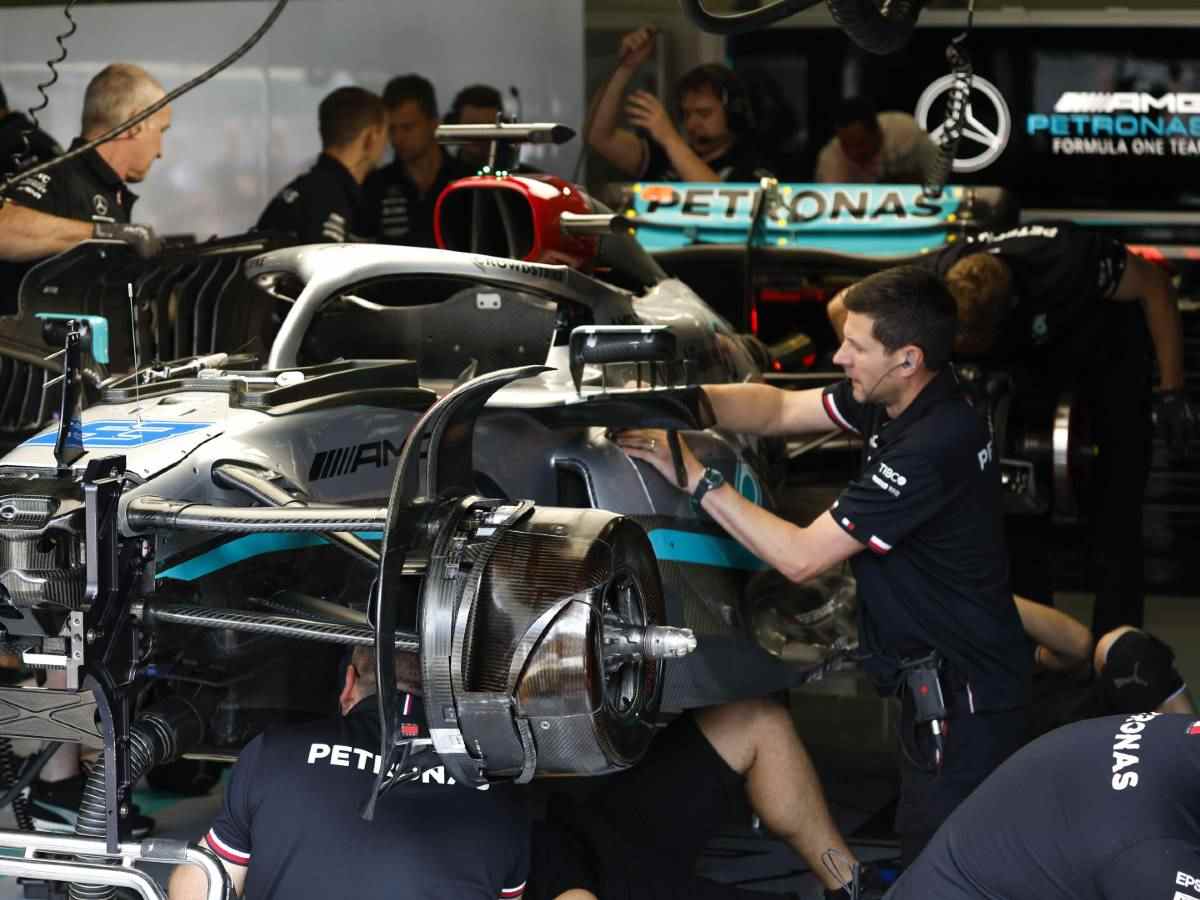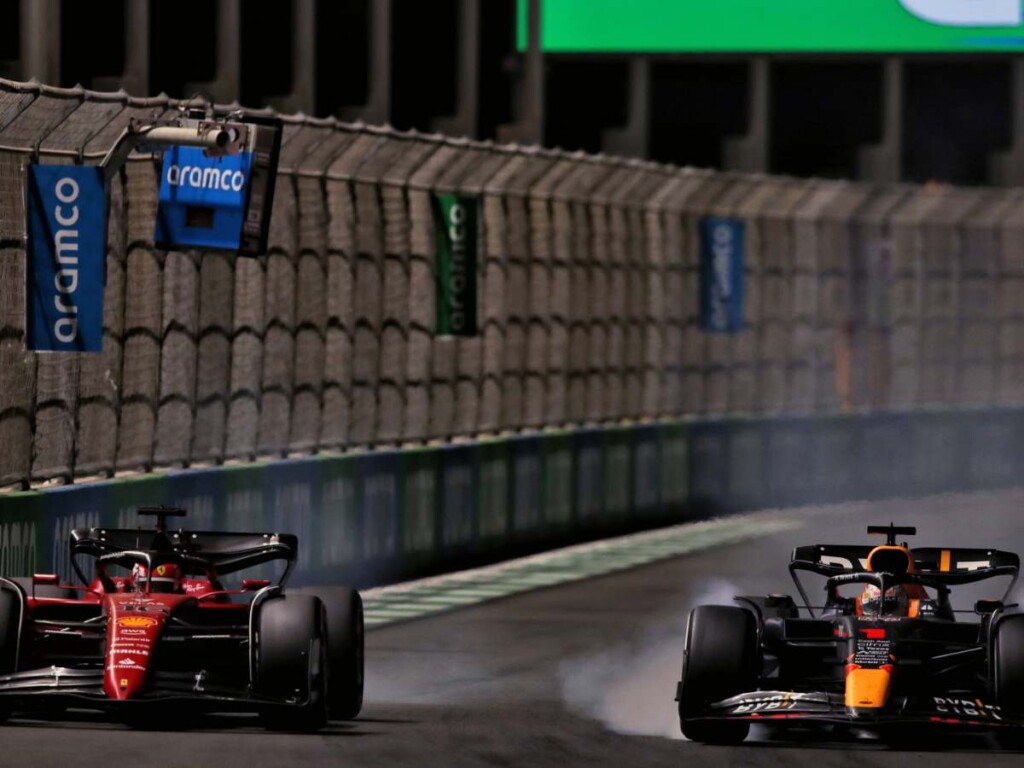Relief for F1 drivers as allocation of certain engine components set to increase for 2023
With immediate effect, F1 teams and the FIA have agreed to increase the allocation of certain engine components for 2023. This is among a host of changes.

Mercedes F1 mechanics working on the W13
Each Formula 1 driver has an allocation, for some particular engine components, that they can go through before having to serve a penalty. If you change within the allocation; there is no penalty. However, if you go beyond it, be it for strategic reasons or because you damaged your parts, a grid penalty, for the F1 race, will come your way. The exact extent of the penalty will depend on the part, of course.
Now, according to Motorsport.com, an agreement to increase this allocation (for 2023) has been reached between the teams and the FIA. This is rather curious, as three races have already come and gone – a major rule change has come in the middle of the season. Charles Leclerc has already served a penalty for going outside his allocation of control electronics as well. However, the change doesn’t affect the CE.
With immediate effect, each driver is allowed to use four internal combustion engines (ICE), turbo, MGU-H, and MGU-K, just for the 2023 season. Earlier, they were allowed to use only three of each part before drawing a penalty. This, obviously, means that there will be fewer grid penalties this season. But it’s a change that’s likely also made in light of the increased amount of sprint races – six, in 2023.
Read More: “A damn gimmick,” Fans not impressed as F1 confirms radical sprint weekend changes for Azerbaijan GP
FIA to look into possible F1 cost cap exclusions

This change to the allocation of the engine components was the most notable of several changes that were recently agreed upon by the F1 Commission and passed by the World Motor Sport Council. Another change is that the time allocated to the grid procedure has been increased from 40 minutes to 50 minutes, so as to allow more for other non-racing activities, such as ceremonies.
In Saudi Arabia, there was quite a controversy regarding Fernando Alonso being penalized for incorrectly serving a penalty. This was because a jack touched his car during a pit stop. Later on, this penalty was reverted, because the stewards could not find agreement on whether a jack touching the car constituted ‘working on the car’. Now, it’s been formally adopted that a jack touching the car will be considered ‘working’.
But perhaps the most significant change, in terms of the future, was related to the cost cap. There have been calls for some concessions to be made for teams near the bottom to allow them to catch up to the pack. And so, now, the FIA also agreed to look into possible cost cap exclusions, in regards to upgrading old F1 factory infrastructure. But this is only being done with respect to improving sustainability, with a particular focus on environmental concerns.
As per a statement from the FIA, certain ‘sustainability initiative costs’ will be excluded from the cost cap. The exclusions will include “costs associated with installing sustainable infrastructure, auditing and monitoring of competitors’ carbon footprint, donations to charities engaged in the promotion of environmental sustainability projects and carbon offset programmes.” It’ll be interesting to see how teams will react to this, or potentially use it to their advantage.
In case you missed it:
- Guenther Steiner believes F1 ‘doesn’t’ need an 11th team
- “There’s no truth to any of that,” IndyCar quashes speculation of Liberty Media acquisition







